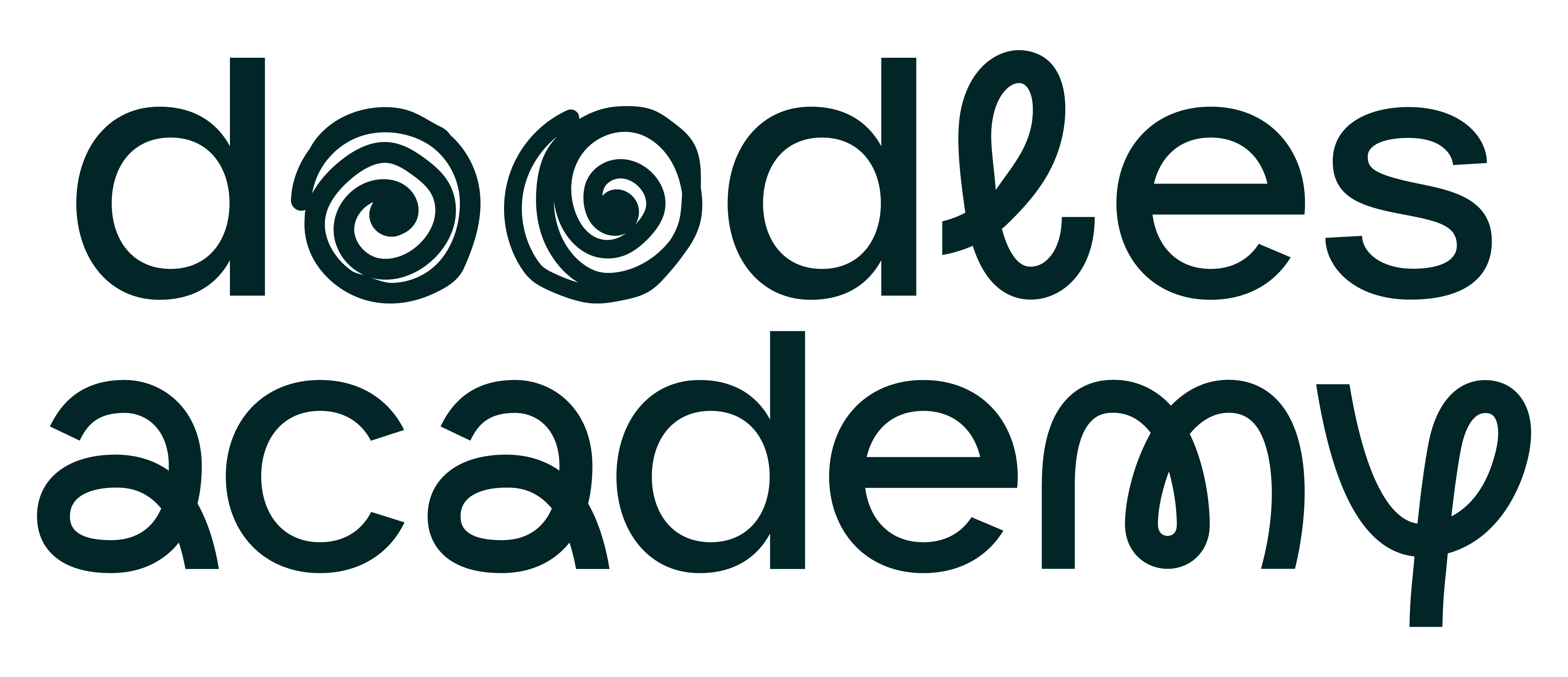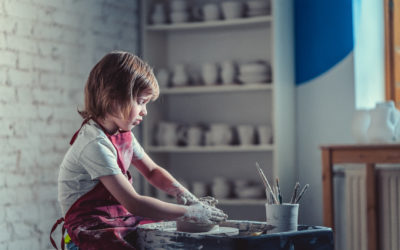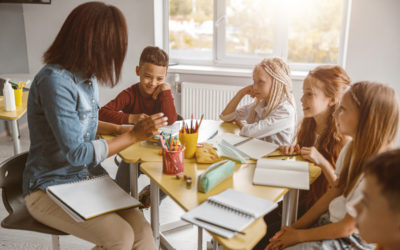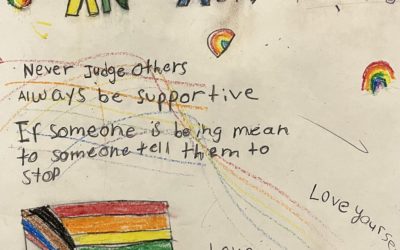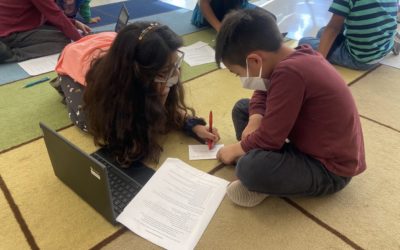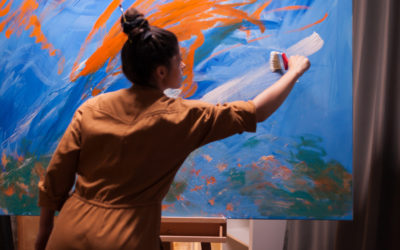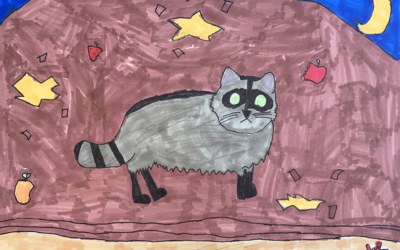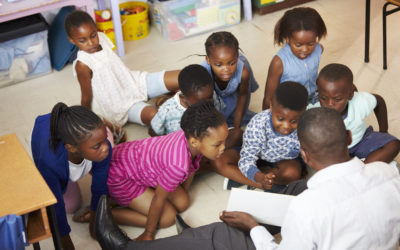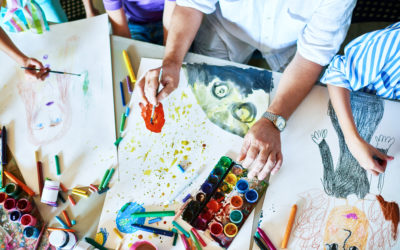Teaching Through Art

A blog supporting high-quality art instruction.
Our posts focus on projects and pedagogy that:
1. are integrated with other subject areas
2. focus on diversity & inclusion
3. offer students choice & autonomy.
Changing the Focus, Making Thinking Visible
How can art help students better understand how they think and process information?
By Dana Squires
Trauma-Informed Practices in Arts Education
Paint Love is an organization that has developed a model of five trauma-informed practices to empower youth and strengthen communities.
By Chloe Young
The Intersection of Art Education and Art Therapy
Learn about the ways in which art education and art therapy overlap, and the notable distinctions between these two fields.
By Emily Hardy, LCAT, ATR-BC
Art as Text
What does it look like when students can engage on a choose your own adventure approach when learning about content topics?
By Ifetayo Abdus-Salam
Art & Allyship
Art helps students to transform the abstract ideas of acceptance and allyship into concrete objects.
By Sarah Graham
A Visual Arts Teacher’s Experience with Project-Based Learning
A behind-the-scenes look at two specific projects that masterfully integrate art into humanities and science lessons.
By Marie-Hélène Bauguil
Women’s Art History is Art History
“In 2022, educators make an effort to share the work of women artists and artists of color. But the *how* matters, especially when teaching young children, as their initial understanding of who makes art can serve to shape their ideas about it—and whether they will count themselves among the group calling themselves artists.”
By Hall W. Rockefeller
Introducing the 2021 ‘Create from the HeART’ contest winners!
3 exceptional students artists won our art contest. Learn more about them.
Using Artwork to Teach Reading Comprehension Skills: Why It Works, How It Works
“Did you know that viewing artworks is a wonderful and an efficient way to teach numerous reading comprehension skills? It doesn’t have to be a long viewing session. In as little as ten quick minutes, you can begin to help your students to learn to identify key details, synthesize those details into meaning, make inferences, think about themes or big ideas and make meaningful text-to connections.”
by Trevor A. Bryan
Seeing Myself, Seeing the World: Reflections on Art, Relevance, and Curriculum
When children are left to their own devices, or engaging with their friends and families, as in my examples above, they put themselves into what they create.
By Carey Swanson
